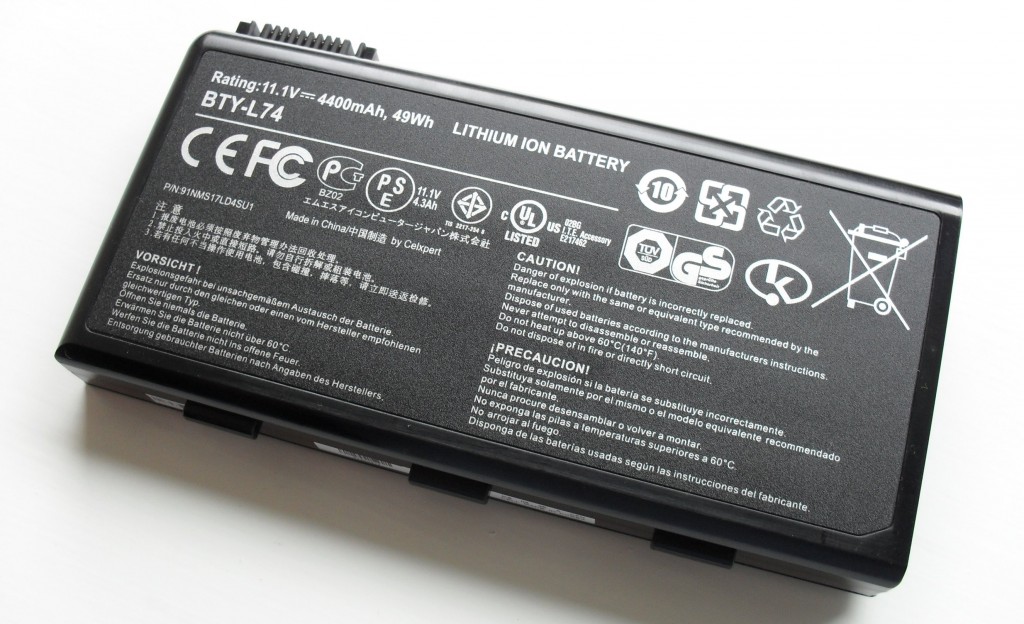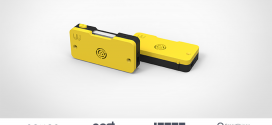We live in an age where devices seem to be limited only by imagination. We now have flexible devices, quick-charging devices and many other things that we would have thought of as science-fiction a decade ago. Can there be something beyond that? That was the question a group of researchers at Stanford University decided to find an answer for.
The scientists working on finding a solution for this have actually come to a breakthrough regarding the well-known aluminum batteries that can be found in the majority of our devices. They have noticed that these batteries have been subject to a surprisingly limited number of innovations in the last decade and have decided to make a jump into the unknown and come up with the new prototype battery. This new prototype aluminum battery is made of a material that’s more flexible, thinner and safer than the last ones. It also charges extremely fast and offers a life cycle that’s about 7.5 times that of the standard Li-Ion Battery.
As in many cases, progress needs to be helped with a kick-start from time to time. The Li-Ion batteries that we are used to today have, quite honestly, reached their potential. Lately, the only notable improvement that has come to them was the fast-charging tech provided by companies like Qualcomm or Oppo. These lithium batteries are simply not getting any thinner or smaller and their capacity only slightly increases at moderate rates. Something better was desperately needed, and this new battery might be just the thing.
The team that was behind this new tech says that their biggest challenge so far has been, as to all of the others that tried before them, finding a material capable of providing enough voltage over the many cycles of charging and discharging that such a battery experiences. The material they managed to find was purely accidental, but it works nonetheless – graphite – how this works is: the anode of the battery is made of aluminum while the cathode is made out of graphite.
In essence, the Aluminum Ion they’ve created can use a series of “pouches” for the liquid ion electrolyte, which allows the battery to be a significant lot thinner and a tad more flexible than what is found on today’s mass market. Also, it is exempt from exploding or catching fire as the Li-Ion batteries tend to do. As far as we understand it, you might even be able to drill a hole in this new Al-Ion battery and it will continue to hold its charge for a little while, all without combusting into flames.
The advantages for this Al-Ion battery are quite large – the Stanford battery can go up to 7500 cycles before it starts losing its capacity, which is approximately 7.5 times better than that of the current type of Li-Ion that can only hold about 1000 cycles of life. The super-charging technology is also a great bonus – we don’t really know how the mass-produced version will work, but the prototype takes about a minute to reach its full charge.
Speaking of mass-producing, I personally think it should catch on quite quickly considering the materials are extremely cheap and won’t go for more than a couple of dollars per kilogram.
Make no mistake, the first prototype does have its flaws, yet they are to be expected – you can’t make a new battery and expect it to immediately power all devices. This prototype that charges in a minute’s time can only put out about 2 V, which makes it about half as strong as a standard Li-Ion battery from your smartphone, but it does have a great deal of potential and brings some interesting promises for the future.











